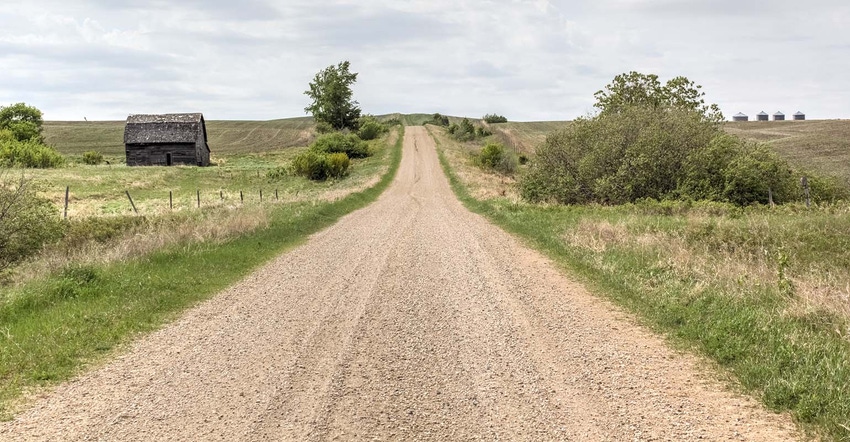October 8, 2020

For years, researchers from the Donald Danforth Plant Science Center drove up and down rural roads, collecting small weedy plants and bringing them back to the lab. The weedy grass was green millet (Setaria viridis), a small model grass with a short lifecycle that uses a carbon fixation process known as the C4 pathway, which particularly helps plants thrive in warm, arid environments. Corn and sugarcane are among the major high-yield C4 crops, as are the candidate biofuel feedstocks Miscanthus and switchgrass.
Innumerable road trips and hundreds of plants have resulted in a paper, “A genome resource for green millet Setaria viridis enables discovery of agronomically valuable loci,” in Nature Biotechnology. Elizabeth (Toby) Kellogg, PhD, member and Robert E. King Distinguished Investigator, and her colleagues, along with researchers at the HudsonAlpha Institute for Biotechnology and the U.S. Department of Energy Joint Genome Institute, a DOE Office of Science User Facility located at Lawrence Berkeley National Laboratory, generated genome sequences for nearly 600 green millet plants and released a very high quality reference S. viridis genome sequence. Analysis of these plant genome sequences also led researchers to identify a gene related to seed dispersal in wild populations for the first time.
“To our knowledge, nobody has ever discovered a dispersal gene that way,” Kellogg said. “This paper is the first one to survey a huge amount of natural diversity and say, ‘Yeah, there are genes out there that affect this phenotype.’”
Results from a “massive amount” of sequencing
Seed dispersal is critical for plants in the wild, but it is an undesirable trait for domesticated crops because it leads to reduced harvest yields. Over thousands of years, farmers have selected for cereal plants without this shattering trait – referring to the moment when the cluster of seeds at the tip of each branch breaks apart so the seeds can disperse - so that the seeds remain atop the plant to be collected.
Association mapping led the team to identify a gene called Less Shattering 1 (SvLes1); gene editing studies led by co-first author Pu Huang confirmed that it was involved in shattering by turning it off. “It’s a new shattering gene variant identified in a natural population. Not very many of these shattering genes have been discovered that let a plant go all the way to seed but prevent the seeds from falling,” said JGI Plant Program head Jeremy Schmutz, who is also a HudsonAlpha Faculty Investigator. “This could be another mechanism to turn off shattering and domesticate crops.” How shattering occurs varies widely between crops, Kellogg added, and shattering genes may be specific to species or groups of species.
The genome data also revealed that green millet was introduced into the United States multiple times from Eurasia. The team also identified a gene associated with leaf angle, which determines how much sunlight leaves can get and in turn serves as a predictor of yield. The gene is an ortholog of known genes, “The gene has now been mapped back in maize as involved in leaf angle,” noted Schmutz. “It’s a nice example of de novo discovery and then mapping back to identify candidate genes.”
Kellogg noted that C4 crops have gotten a lot of interest because they’re very productive even in high heat while C3 crops have become less efficient at photosynthesis, a concern as extreme weather events become more frequent. “A big part of the Danforth Center’s mission is to feed the hungry and improve human health. So there’s a major question: how to turn a C3 crop into a C4 crop. There should be a master regulator but no one has found it,” Kellogg mused. “[The S. viridis genome] is a resource for many different applications. The JGI group has been wonderful to collaborate with, and this [project] wouldn't have been possible without their involvement; it’s something we wouldn't have even started.”
Source: The Donald Danforth Plant Science Center, which is solely responsible for the information provided and is wholly owned by the source. Informa Business Media and all its subsidiaries are not responsible for any of the content contained in this information asset.
Read more about:
ResearchYou May Also Like




